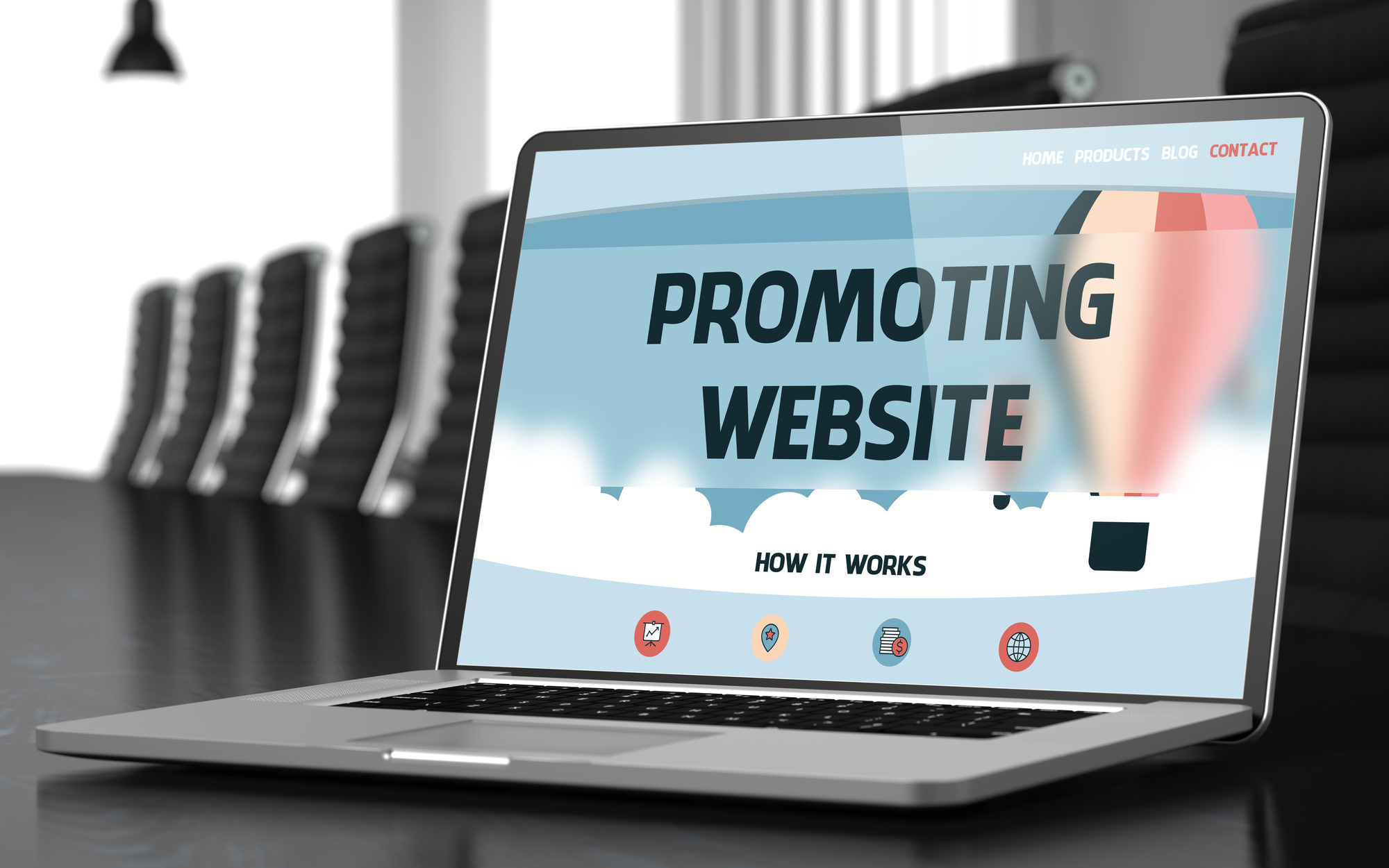
Website promotion guidelines. A range of tactics are used in website promotion to raise a website’s profile and attract more users. Important strategies include using social media to interact with audiences, email marketing to establish connections, content marketing such as blogging, and search engine optimization (SEO) to raise search engine ranks. Paid advertising, guest blogging, internet directory submissions, and forum participation are other successful strategies.
WEBSITE PROMOTION GUIDELINES
A smart combination of SEO, social media marketing, email marketing, content marketing, and paid advertising is needed to promote your website. You can boost engagement, increase website traffic, and accomplish your company objectives by putting these tactics into practice on a regular basis and keeping an eye on their efficacy. Promoting your website effectively requires a multi-faceted approach to reach and engage your target audience. Here are strategies to help you drive traffic and increase visibility for your website:

Optimizing your website for search engines is crucial for improving its visibility and attracting organic traffic.
– Keyword Research: Identify relevant keywords that your target audience is searching for. Use tools like Google Keyword Planner, or Ahrefs,
– On-Page SEO: Optimize your website’s content, meta tags, headers, and images with targeted keywords. Ensure your site has a clear structure and easy navigation.
– Quality Content: Create high-quality, valuable content that addresses the needs and interests of your audience. Regularly update your blog with informative articles, guides, and case studies.
– Link Building: Obtain backlinks from reputable websites to boost your site’s authority. Engage in guest blogging, partnerships, and outreach to earn quality links.
– Technical SEO: Ensure your website is mobile-friendly, fast-loading, and secure (HTTPS). Use tools like Google Search Console to identify and fix technical issues.
2. Social Media Marketing;

WEBSITE PROMOTION GUIDELINES
Leverage social media platforms to drive traffic to your website and engage with your audience.
– Content Sharing: Regularly share your website’s content on social media platforms. Use compelling visuals and engaging captions to attract attention.
– Social Media Ads: Run targeted ad campaigns on platforms like Facebook, Instagram, Twitter, and LinkedIn to reach a broader audience.
– Engage with Followers: Respond to comments, messages, and mentions. Engage with your audience through polls, questions, and discussions to build a loyal community.
– Influencer Collaborations: Partner with influencers in your niche to promote your website. They can drive traffic and enhance your brand’s credibility.
– Contests and Giveaways: Host social media contests and giveaways that require participants to visit your website, increasing traffic and engagement.
3. Email Marketing;

WEBSITE PROMOTION GUIDELINES
Email marketing is a powerful tool for driving repeat traffic and nurturing relationships with your audience.
– Build an Email List: Collect email addresses through website sign-ups, lead magnets (e.g., free ebooks, checklists), and pop-up forms.
– Regular Newsletters: Send regular newsletters with updates, special offers, and valuable content to keep your audience engaged and informed.
4. Content Marketing;
Creating and distributing valuable content can attract and retain your target audience.
– Blogging: Maintain a blog on your website with high-quality, informative articles that address your audience’s pain points and interests.
– Guest Blogging: Write guest posts for reputable websites in your industry. Include a link back to your website to drive referral traffic.
5. Paid Advertising;

Investing in paid advertising can significantly boost your website’s visibility and drive targeted traffic.
– Google Ads: Run pay-per-click (PPC) campaigns on Google Ads to appear in search engine results for relevant keywords.
– Social Media Ads: Utilize paid ads on social media platforms to target specific demographics and interests.
Summary
Guidelines for promoting websites include utilizing SEO, producing excellent content, utilizing social media, and cultivating an email list. Additionally, you want to look into paid promotion, interact with online forums and directories, and work with other websites or influencers.

